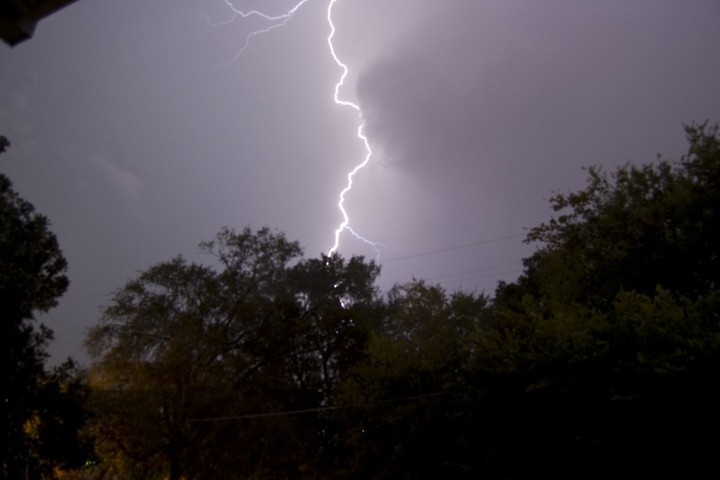Global warming increases frequency of lightning strikes: Study

A study by Murari Lal, a climate change expert at RMSI, a global leader in geospatial and engineering solutions, talks about a 20-40 per cent rise in average lightning flash density over the Indian subcontinent for a similar rise in temperature. The study advocates putting in place a system where warnings can be issued to help reduce deaths due to lightning.
Lal's study showed that over the last decade fatalities linked to lightning have increased everywhere in the country other than northwest India. Around 57 per cent of the lightning was during the June-September monsoon season, followed by 31 per cent in the pre-monsoon or summer season (March to May). In 2020, Bihar, Uttar Pradesh and Odisha reported 53 per cent of the total deaths associated with lightning. More men than women have lost their lives due to lightning. Around 80 per cent of all livestock deaths have been linked to lightning, the study said.
Lal, in the study, pointed out how in the past few decades rise in temperature has resulted in more moisture ingress over the Indian land mass and as a result, the frequency and severity of intense thunderstorms and lightning have shown a steep rise. Deaths due to lightning have also gone up, it showed.
Lightning, an atmospheric phenomenon, is a massive discharge of electricity and is the cause of numerous deaths every year. Lightning can happen from cloud to cloud where two oppositely charged clouds discharge electricity without hitting the ground. However, when the electric charge is discharged from the cloud to the ground, it gives rise to what is called ground lightning. Given the intensity of the electric discharge involved, lightning causes the air to heat up to several thousand degrees Celsius and can cause great destruction to life and property. A single bolt of lightning can have up to 300 million amps charge. Globally lightning is considered a major natural disaster causing 2,500 deaths every year.
An early warning system to forecast lightning in India, Lal said, has to be developed to prevent largescale fatalities. The Indian Meteorological Department (IMD) has started providing early lightning warning forecasts through text messages in 16 states from 2021. The scope of the project has to be increased to cover all of India. By observing cloud lightning strike, Lal said, it is possible to predict lightning 30-40 minutes before it strikes the ground.

